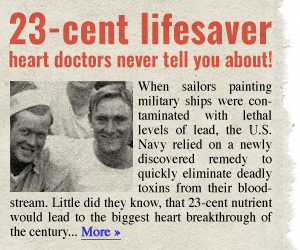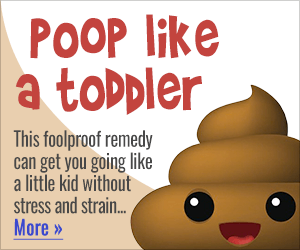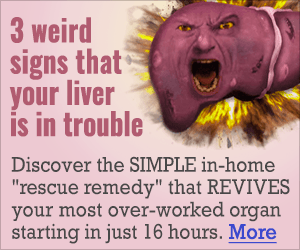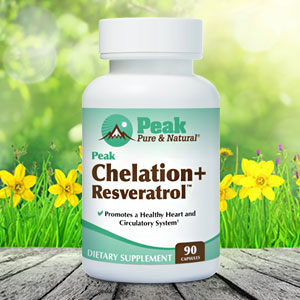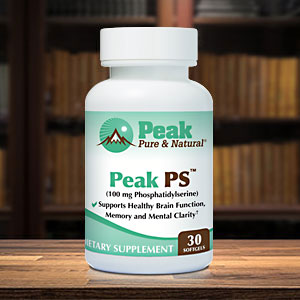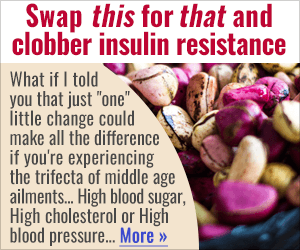Get Easy Health Digest™ in your inbox and don’t miss a thing when you subscribe today. Plus, get the free bonus report, Mother Nature’s Tips, Tricks and Remedies for Cholesterol, Blood Pressure & Blood Sugar as my way of saying welcome to the community!
Cancelling the mercury threat in tuna
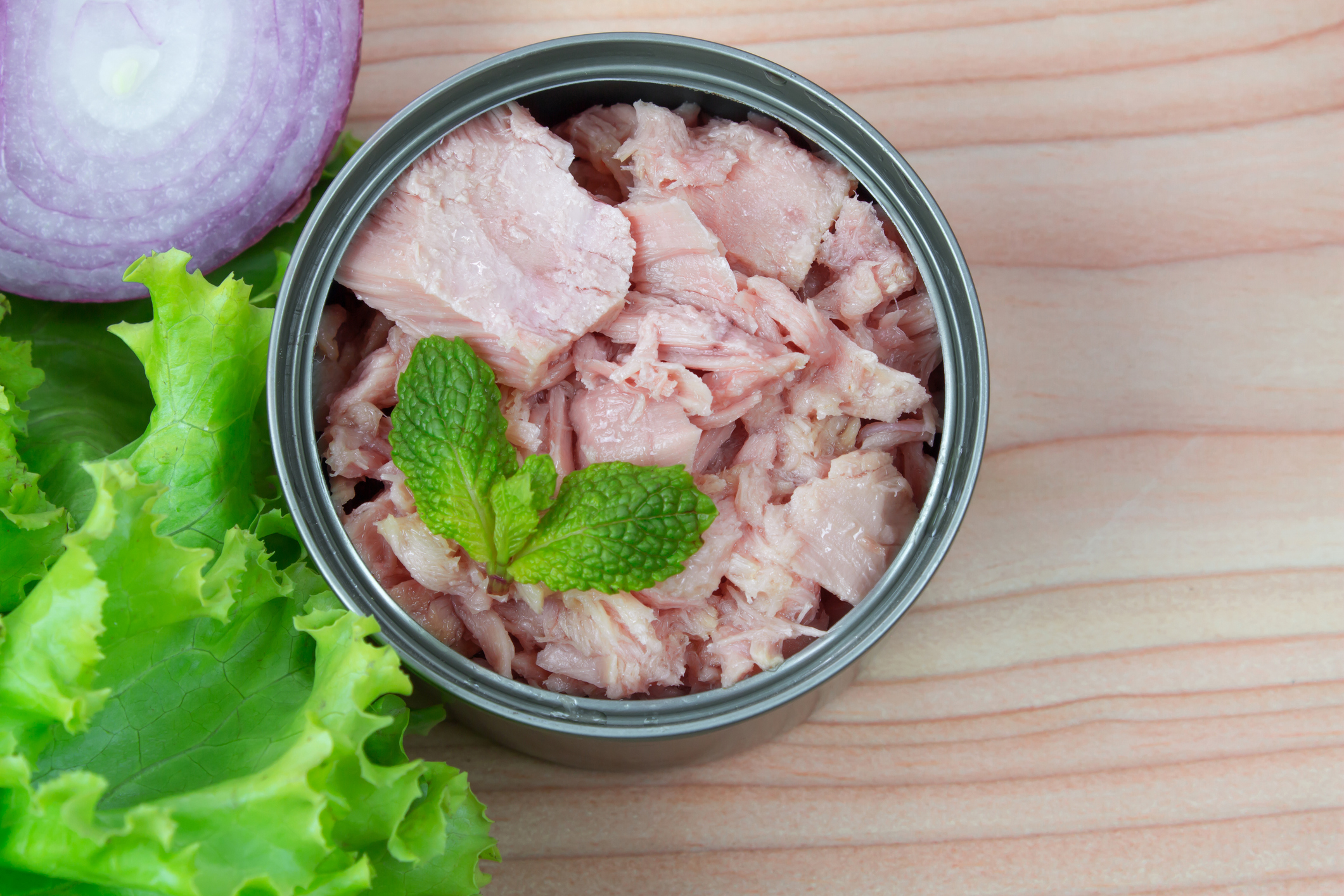
Toxic heavy metals are metal compounds that negatively impact human health. They exist in nature but are also compounded in our environment due to pollution.
We can no longer ignore the dangerous levels we’re exposed to. These heavy metals, such as lead and mercury, can lead to serious health issues including neurological damage, cardiovascular problems and kidney dysfunction.
Lead is among the most notorious, affecting heart health at a rate six times higher than previously feared. But mercury has more than demonstrated its clear and present danger to our health.
It’s why we’re warned about the amount of seafood we eat — especially tuna, a fish rich in omega-3 fatty acids that are important for heart, eye and brain health.
I grew up eating my grandmother’s tuna salad. To me, it was the best in the world. I have her recipe and still enjoy it occasionally. I’m also a fan of sushi. You might be thinking right now, “Are you crazy?”
I still eat these foods because I know how to reduce the harm mercury (and other heavy metals) can do.
It’s a technique I practice in my own home, but also one that researchers from Chalmers University of Technology in Sweden hope canned tuna manufacturers may use to make the product much safer for you when you buy it in the store…
Manufacturing the mercury out
The amino acid cysteine is naturally occurring in the human body in small amounts. It’s also in protein-rich foods. And it’s important for a couple of reasons…
It’s the precursor for N-acetylcysteine (NAC). NAC helps the body maintain adequate glutathione (the body’s master antioxidant) levels, which may help prevent the routine metabolic decline associated with aging.
However, cysteine is also a chelator, meaning through the bonding of ions and their molecules to metal ions, it can change them and render them less harmful, ultimately causing them to be removed.
And that’s how researchers in Sweden intend to help make canned tuna safer for consumption…
They have devised a novel approach to packaging canned tuna infused in a water-based solution of amino acid cysteine. It was shown to remove up to 35 percent of the accumulated mercury in canned tuna, a significant step for reducing human exposure to mercury via food.
They started with a concept called active packaging. It involves the development of materials — in this case, a liquid inside a can — that interact with food during storage. It’s not an entirely new concept. Some materials are already added to the foods we eat to increase shelf life and bind to metal ions that cause discoloration and spoilage, like ethylenediaminetetracetic acid (EDTA), also an effective chelator.
The medical use of EDTA, approved by the FDA, was introduced as a lead chelating agent to treat lead poisoning in employees of battery factories and in those exposed to lead paint.
However, EDTA can also remove cadmium and mercury from the bloodstream — and that’s how I use it at home.
Kick toxic threats out of your body
Chelation is not a new concept. I am grateful that researchers like those in Sweden are looking into ways to further its use to make our lives safer by working to eliminate threats like mercury contamination. This promising therapy offers hope in our battle against heavy metal exposure.
Let’s face it, these are threats that have been eating away at our health for a long time and may only get worse in the future. That’s why I want to share what I know about chelation and how I use it…
In the United States alone, more than 1,500 physicians recommend EDTA chelation through their practices. EDTA chelation has been given to more than 1 million patients in the U.S. and more than 3 million in Canada, Europe, Australia and South America.
The American College for the Advancement in Medicine (ACAM) is dedicated to training doctors in the use of EDTA chelation. When administered by a physician in the office, it is an IV therapy or treatment involving high-dose EDTA. In my experience, this is reserved for acute contamination or exposure to toxic metals.
At home, my chelation therapy is as simple as taking a supplement. EDTA’s molecular activities can help safely break down toxic metals. After these substances are rendered harmless, they are transported in the blood to the kidneys, where they enter the urine and are removed. This simplicity empowers me to take control of my health and manage heavy metal exposure.
Editor’s note: Have you heard of EDTA chelation therapy? It was developed originally to remove lead and other contaminants, including heavy metals, from the body. Its uses now run the gamut from varicose veins to circulation. Click here to discover Chelation: Natural Miracle for Protecting Your Heart and Enhancing Your Health!
Sources:
Mercury content in tuna can be reduced with new packaging solution — EuerkAlert!
Ethylenediaminetetraacetic acid — Mount Sinai.org



